Launched in 2014, PhotoSparks is a weekly feature from YourStory, with photographs that celebrate the spirit of creativity and innovation. In the earlier 670 posts, we featured an art festival, cartoon gallery. world music festival, telecom expo, millets fair, climate change expo, wildlife conference, startup festival, Diwali rangoli, and jazz festival.
Held at Palace Grounds, The India Art Festival recently wrapped up its Bengaluru edition (see Part I, Part II, Part III and Part IV of our coverage). The India Art Festival (IAF) was founded in 2011, and comprises of a three-city art fair series in New Delhi, Bengaluru and Mumbai.
In the earlier photo essays, artists shared insights on their displayed works, pandemic resilience, learning approaches, and outlook for 2023. In this article, they share tips for aspiring artists and suggestions on how to improve art appreciation in society.
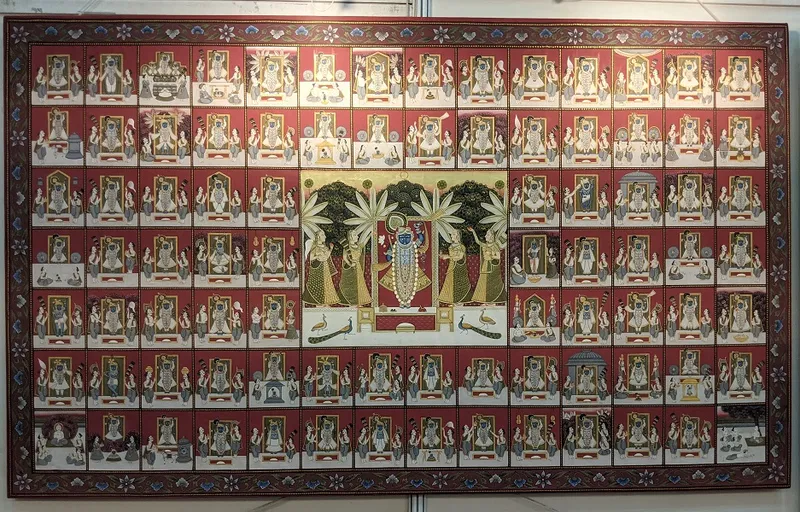
Artistic appreciation
“Art appreciation should be part of the school curriculum at the earliest years. It is important for young children to appreciate beauty and the principles behind what makes something beautiful from an early age, Priyanka Sehgal advises.
Karthik Kamath suggests having more exhibitions of art at a nominal cost, so that more buyers can buy art and gradually build a habit of buying art. Jayaram Krishnan recommends having more art events and platforms, and at regular intervals.
“We are transforming our views and agendas on art in a phenomenal way,” Sangita Baruah Sureka observes. “But we need to become more accepting of contemporary art in addition to realism,” she adds.
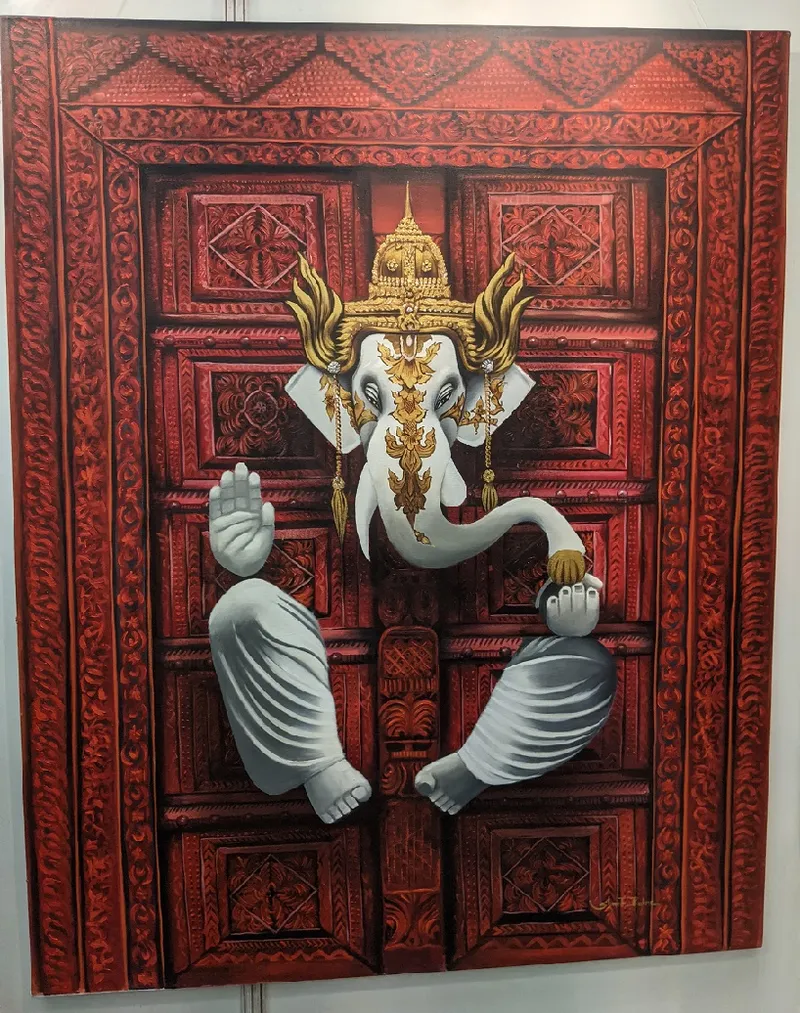
More investment is needed to promote current and emerging artists. “That way, India will lead in the world of art as we have abundant skill and finesse already,” she suggests.
Akshata Shetty is grateful that art fairs in Mumbai and Bengaluru are showcasing the immense artistic talent of India. She advocates having more platforms for renowned as well as emerging artists.
Tejaswi Poojari feels more art camps will help emerging artists develop and promote their unique styles. “Galleries and curators should promote the work of emerging artists as much as famous artists,” she suggests.
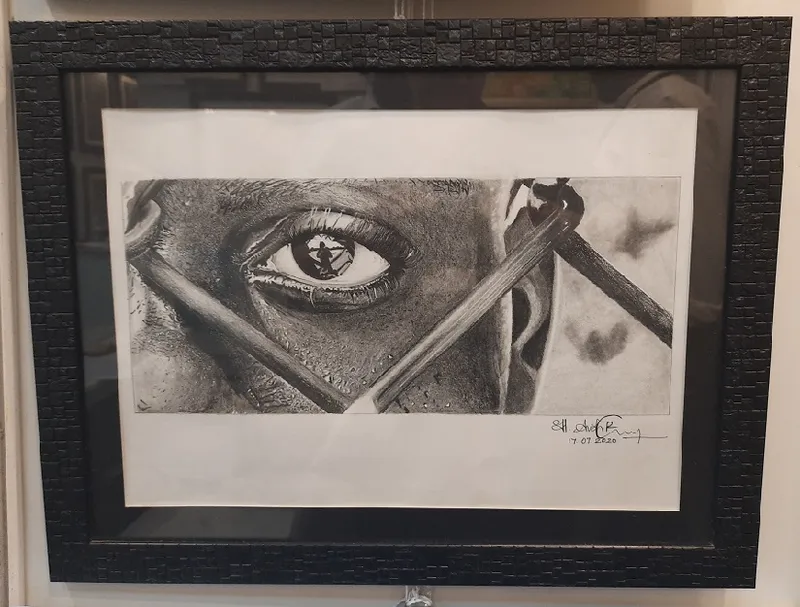
“There are many talented artists waiting to be discovered,” observes Prinkle Mehta, an artist who specialises in depicting emotions and moods of women. Having more art shows now is particularly important in the post-pandemic era.
“I wish visual artists get much more due from society as compared to writers and musicians. I always feel they are underrated in many ways. I wish we had more public-oriented festivities for artists,” Shyamala Ramanand suggests.
Beena Surana recommends more opportunities for mass viewing of art in its many forms. “Only when the audience is well versed with all genres of art will they understand and appreciate it more,” she advises.
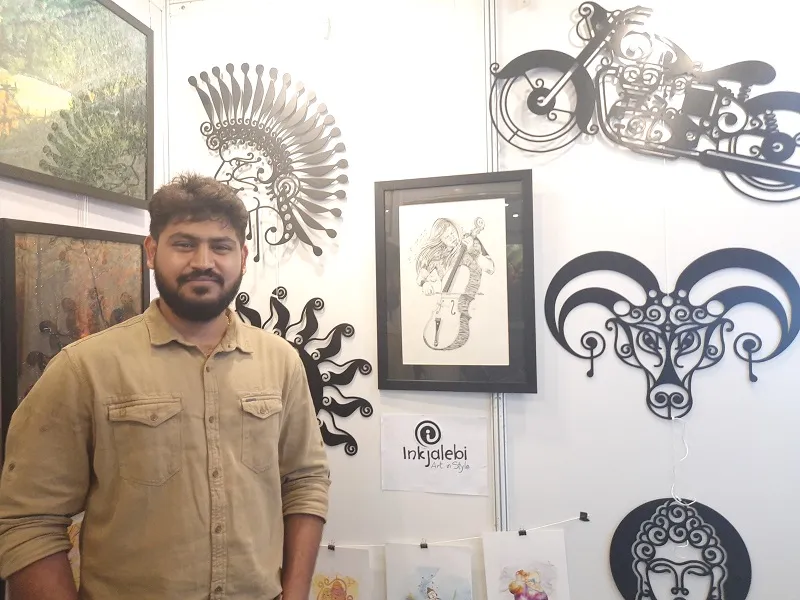
Tips for aspiring artists
The artists also draw on their hard-earned experience and lessons to share tips for aspiring artists as they embark on their own creative journeys.
“Observation is the key in art. Explore and develop your observation,” Shyamala Ramanand affirms.
“Anything that touches your heart is art, and it is present in our life. So, just slow down, look around and you will sense the presence of art. Every human on this planet is an artist, they just need conscious effort to nurture it,” Rohini Choudhary advises.

“The trials and tribulations I have encountered in my life have made me understand the truth in the universe, a reality each individual experiences at their own pace. Each experience is unique and meaningful,” Roja Sanchana explains.
“The work I present stands testimony to my self-actualisation and I can proudly claim the originality of the work. Similarly, my advice to aspiring artists is to create original pieces of work that define them and their realities,” she advises.
“Find your strength. Find a deep connection with something in the world, whatever it may be. Go really deep. Master your medium,” Priyanka Sehgal advises.
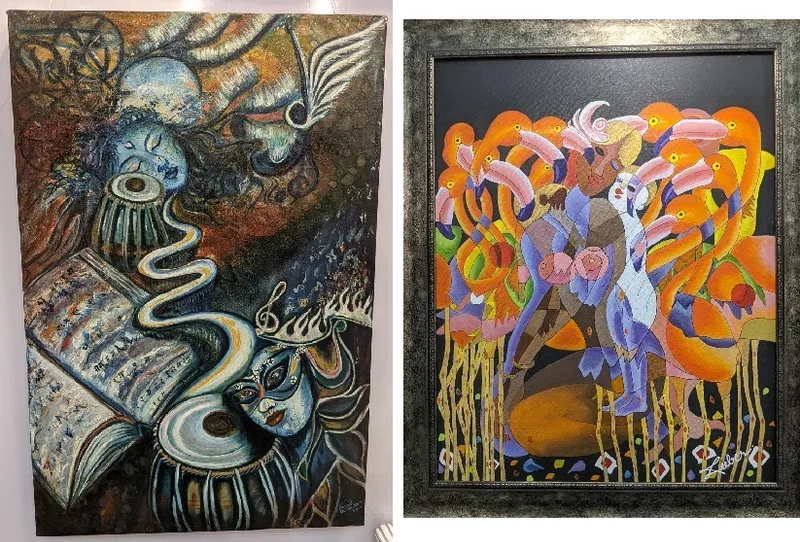
“We are now in a world of short attention spans, hyperactive technology, AI-generated art, and on-demand-everything. Art is the only thing that has the power to slow us down, which is the need of the hour. We need more art that makes people stop and soak in the moment,” she affirms.
“Keep exploring yourself and discover your style of expression. Do take ideas from renowned artists and their artworks, but develop your unique form to stand out,” Sangita Baruah Sureka advises.
“Don’t do it only to earn money. Paint for yourself. One day you will know when you are ready and the universe will take you to places you never imagined,” Karthik Kamath suggests.
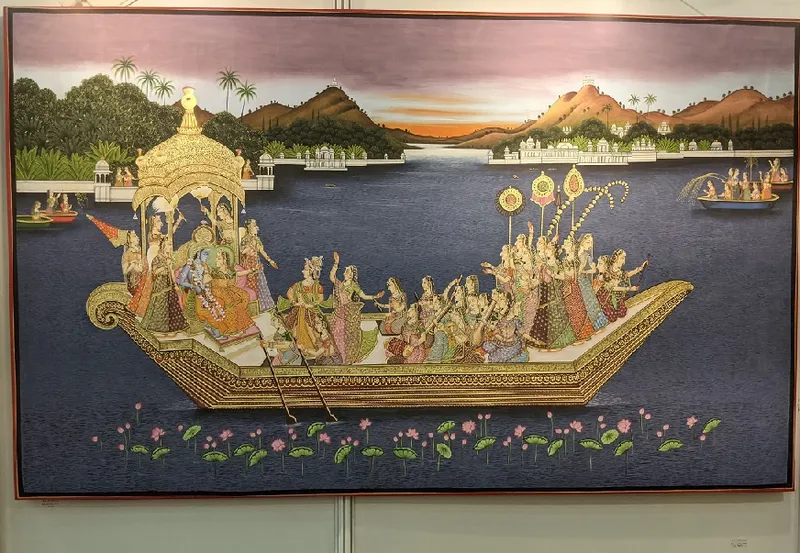
“Focus on your genre, create an identity of your own,” Jayaram Krishnan advises. “Having your own style enables viewers to see the passion you have for your art,” Tejaswi Poojari affirms. “Don’t copy; paint from your heart. Be original,” Prinkle Mehta adds.
“Don’t stop! Let go of the doubts and take the plunge! It will get tough and you will be tested, but it’s important to not give up. Be your own competitor; it’s the best way to grow,” Akshata Shetty advises.
“There is no substitute for hard work. With clear focus and hard work, brilliant creations are born,” Sunitha Krishna emphasises. Attending exhibitions and connecting with artists helps build community and recognition as well. “This world is but a canvas to our imagination,” she affirms.
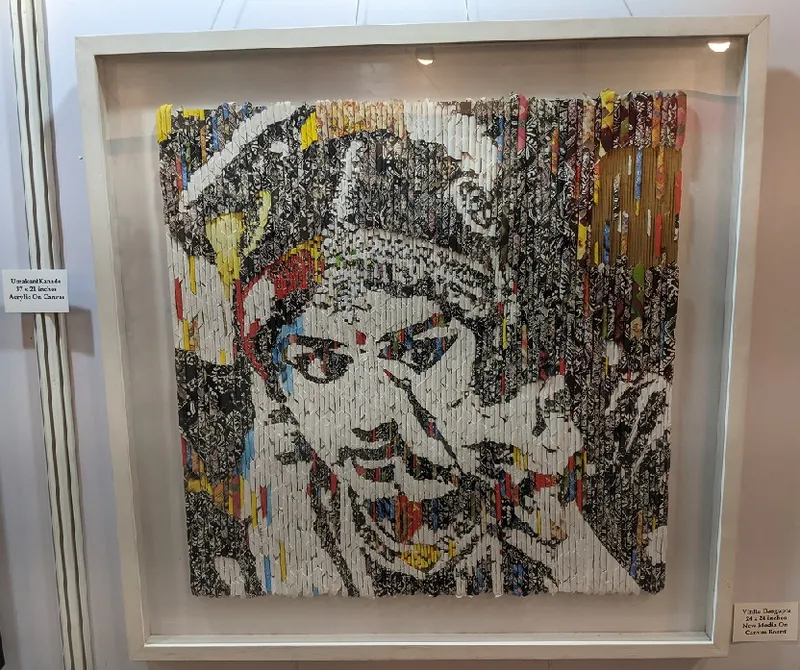
Resilience
The artistic journey is full of ups and downs due to mistakes and setbacks, and the pandemic was a particularly hard time for artists as well.
“Accepting that you have made a mistake is the first step to recover from it and learning from your mistakes. This means using your flukes as fuel for creativity,” Rohini Choudhary advises.
“Not every painting will be a masterpiece, but studying what went wrong is crucial,” she adds. She takes small breaks to bounce back, and reads the work of her favourite mentor, Richard Schmid (Alla Prima: Everything I Know About Painting). Her works showcase strong Maratha women such as Kashibai Bajirao Ballal and Ramabai Peshwa.
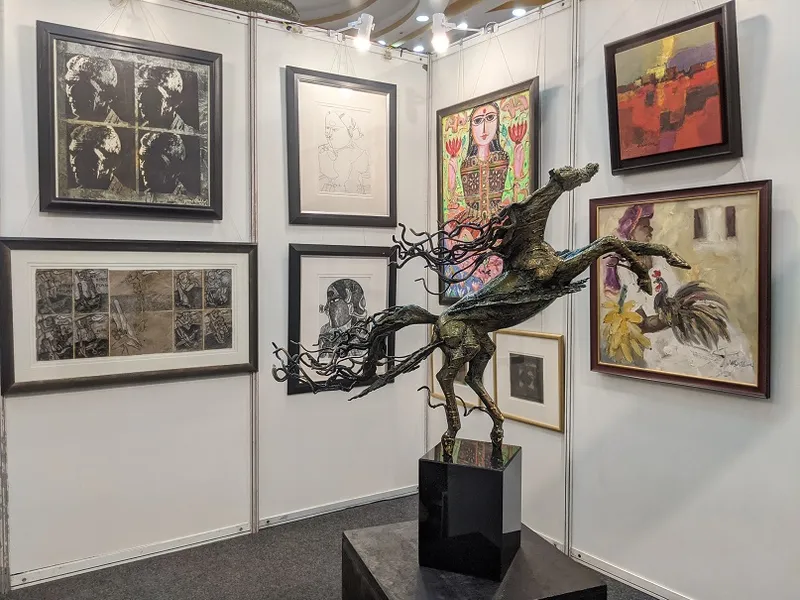
“I try to see the positive in everything. I always believed creative forces help us to think outside of the box. I used my lockdown time to participate in many online competitions, bagged many prizes, and also delivered a demo to Kota university students,” Rohini recalls.
“Learning from mistakes and failure is inevitable in every field. The best way to learn from these mistakes is to incorporate the required changes into your work,” Beena Surana advises.
“The pandemic was a good time to explore more mediums, styles and subjects beyond the usual preferred ones. I perfected time to diversify and specialise,” she adds.

“The pandemic gave me more time to paint, reflect on my style, and teach myself new techniques which I now incorporate into my work,” Prinkle Mehta recalls.
“Failures and mistakes are part of everyone’s lives, and for artists too,” Shyamala Ramanand affirms. “As a curator and mentor, I remind artists that paying attention to the process is more important to succeed rather than just the product. It takes emerging artists time to delve into a style of their own,” she adds.
“The pandemic was an initial shocker. But as the days went by, the time spent indoors led to exploring our thoughts and expressions in a quiet and silent manner which was so scarce otherwise,” Shyamala recalls.
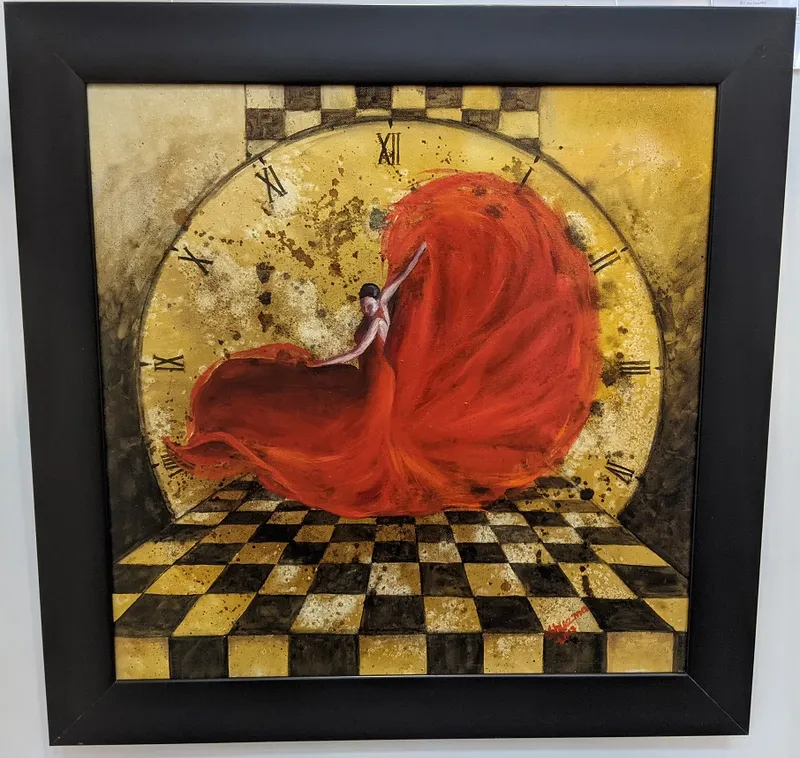
“Yet, too much of indoor time also started affecting us since physical and social contact were truly missed. We were just longing to meet one another and feel the artistic vibes again,” she says.
“Don’t fear failure, failure just means you are learning. Keep failing, because you will be learning your entire career,” Rohini Choudhary advises.
“There is no failure in art – there is always learning. One continues to learn more through exhibits and meeting many artists. That’s when you identify your mistakes and take corrective actions,” Sunitha Krishna explains.
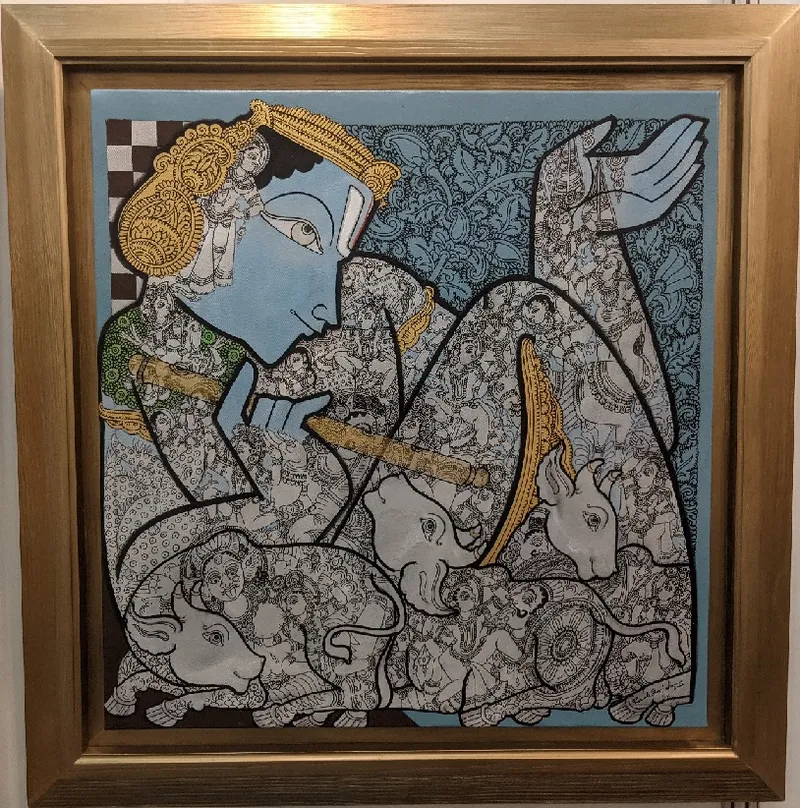
“The pandemic taught the world many things. Some of my best creations came out during the pandemic. I got interest and even buyers from Hyderabad and South Africa,” she recalls.
Artists were confined only to the digital medium. “I did quite a few online exhibitions, including an international one with a Japanese watercolor group two years in a row, and the online edition of Chitra Santhe in 2021,” Sunitha adds.
“But with online shows, you are never amidst the art! It’s great to be back in physical events,” she says.
Sunitha signs off: “The joy of being surrounded by colours and artworks is something only an artist understands and feels!”
Now, what have you done today to pause in your busy schedule and find new avenues to apply your creativity?
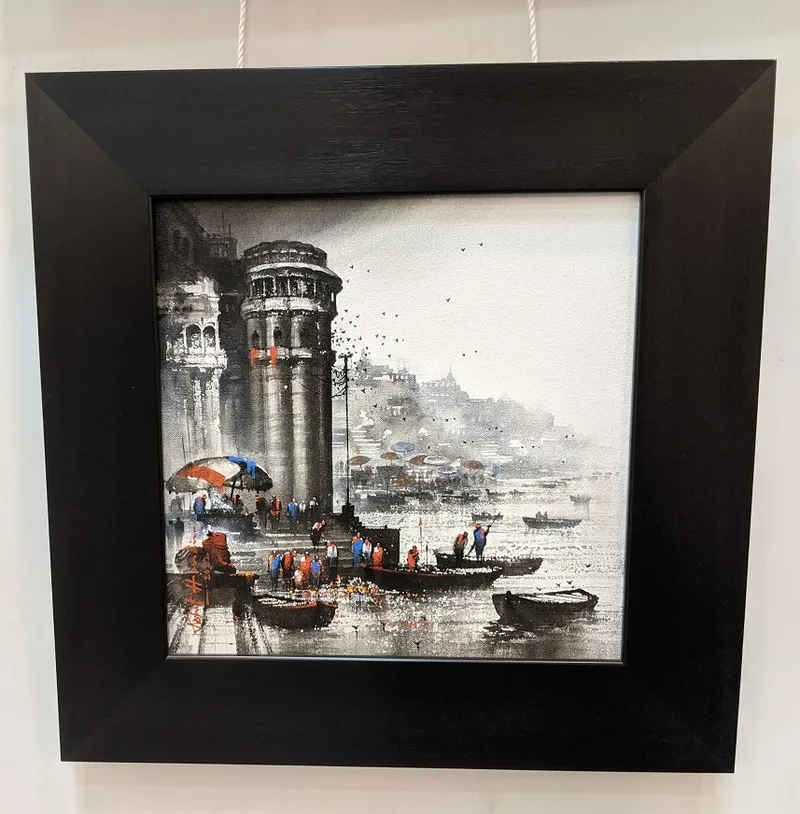
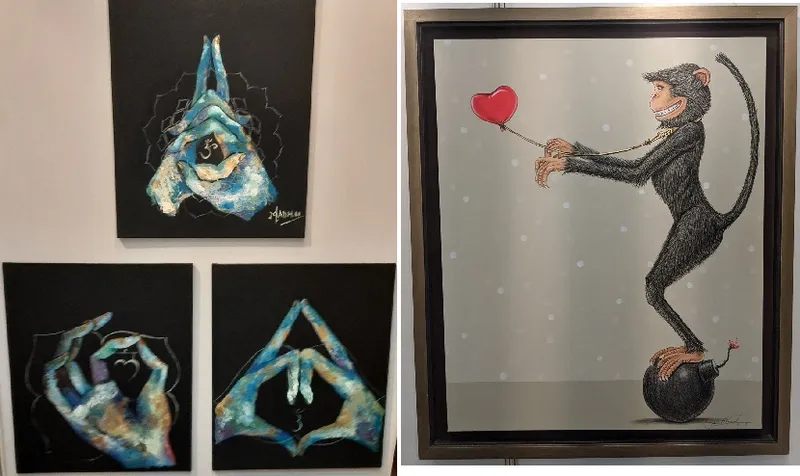


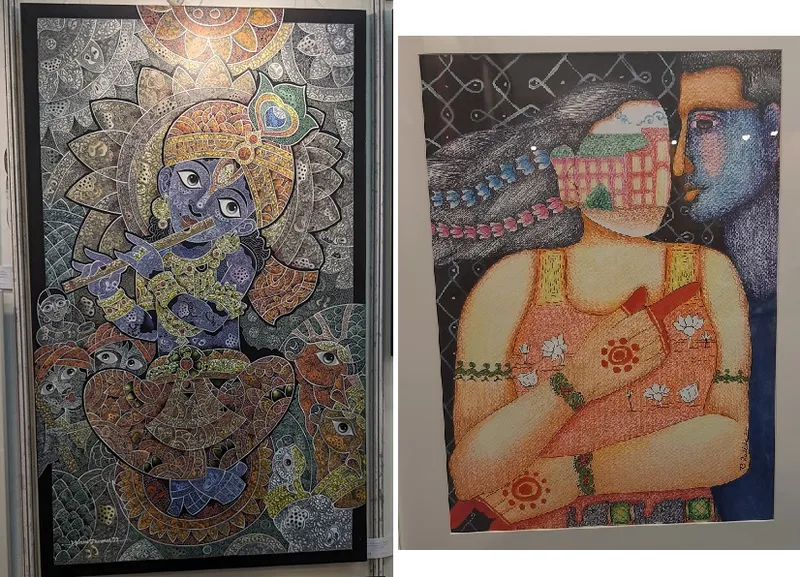
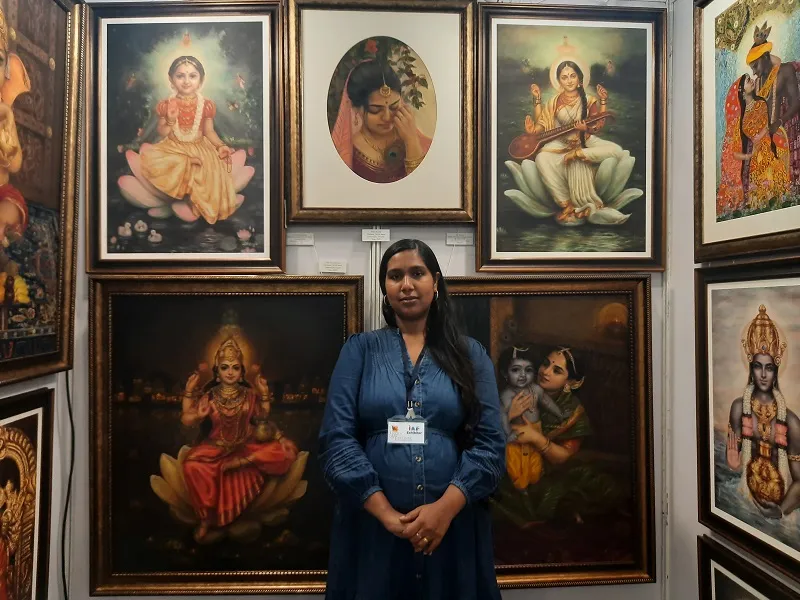
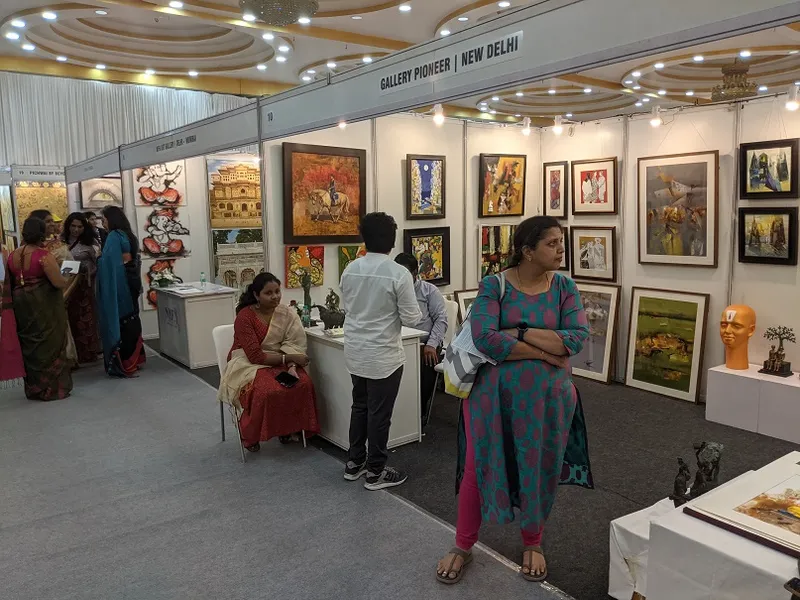
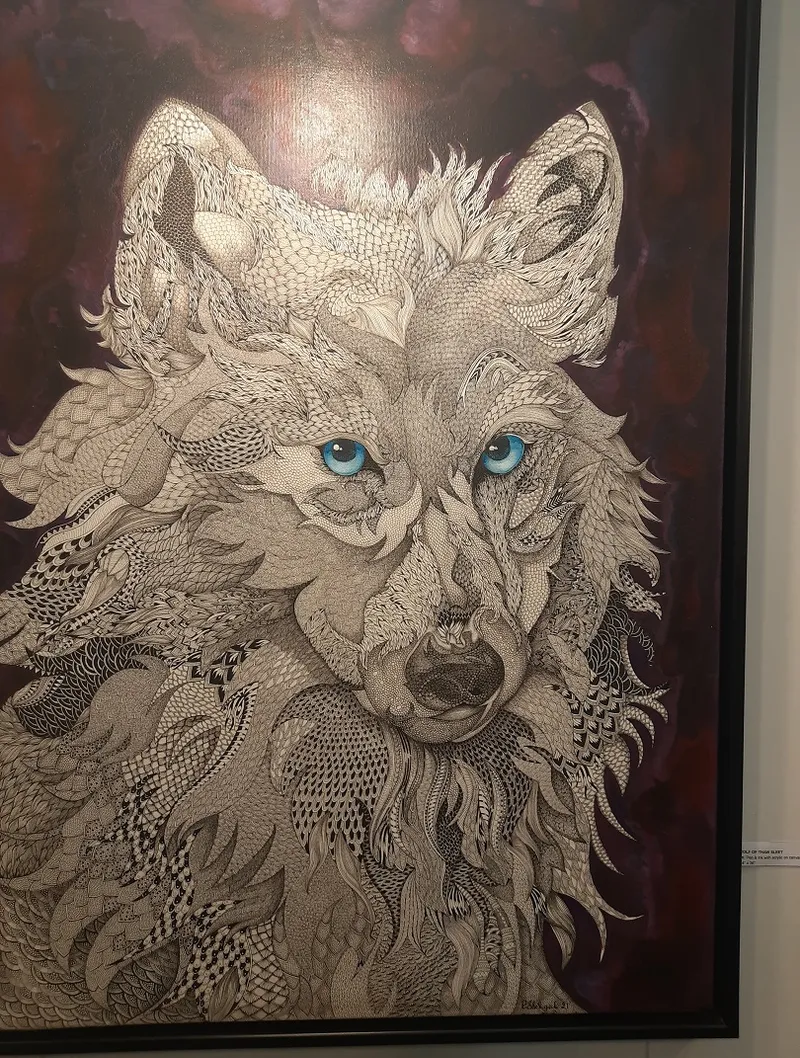
(All exhibition photographs were taken by Madanmohan Rao on location at the festival.)
See also the YourStory pocketbook ‘Proverbs and Quotes for Entrepreneurs: A World of Inspiration for Startups,’ accessible as apps for Apple and Android devices.

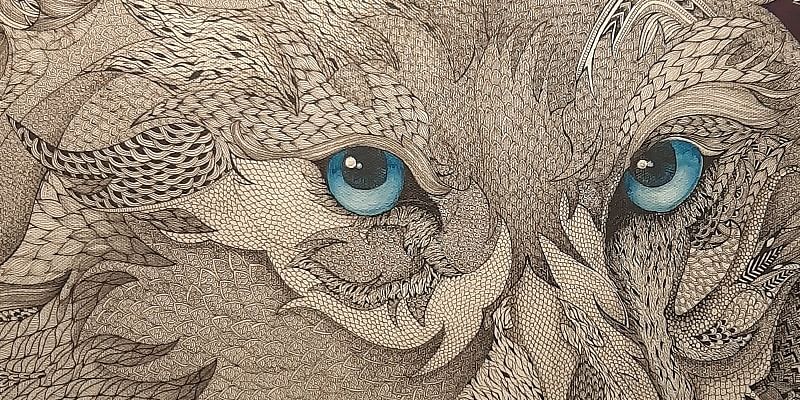



![Read more about the article [Funding alert] Fintech app Zenda raises $9.4M in seed round](https://blog.digitalsevaa.com/wp-content/uploads/2022/04/zenda-1650868690790-300x150.png)

![Read more about the article [Funding alert] SaaS platform Wurkr raises over £1M in seed round led by Hindustan Media Ventures Limited](https://blog.digitalsevaa.com/wp-content/uploads/2021/02/funding-3-1613101382075-300x150.jpg)


